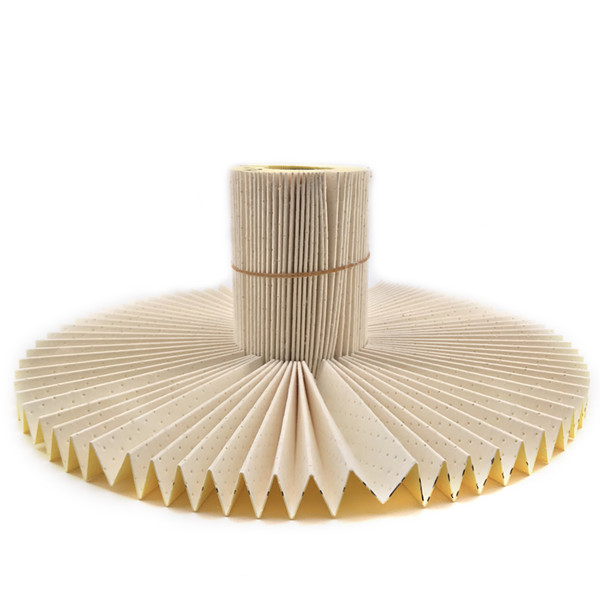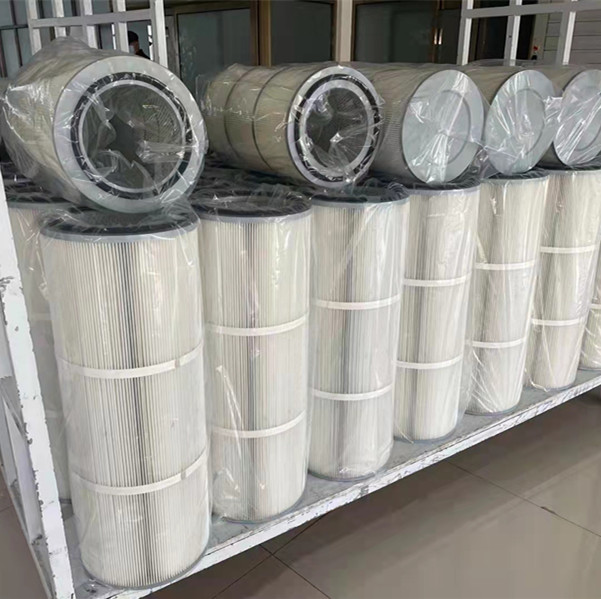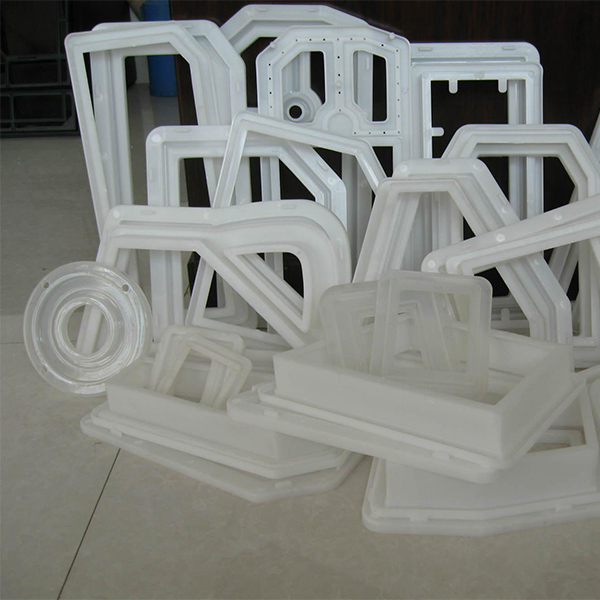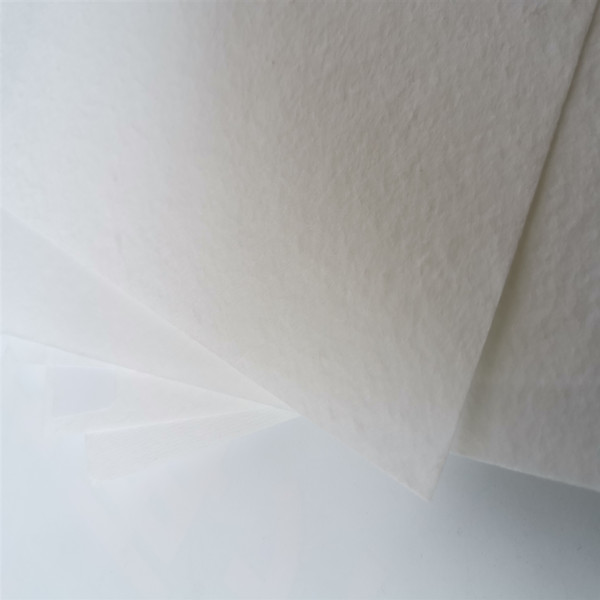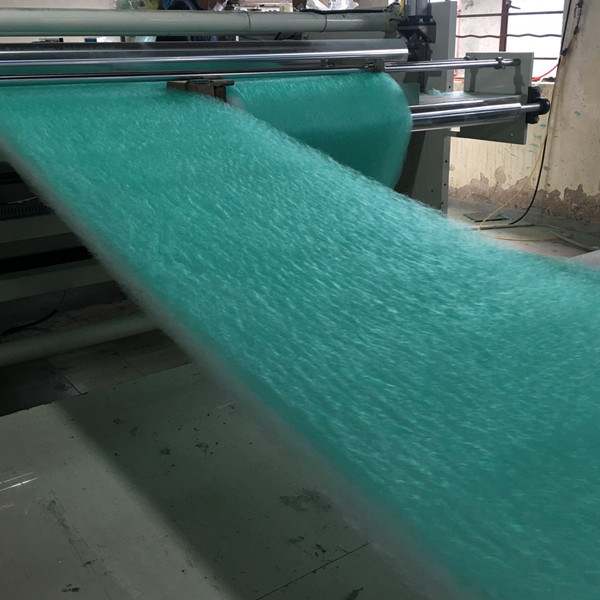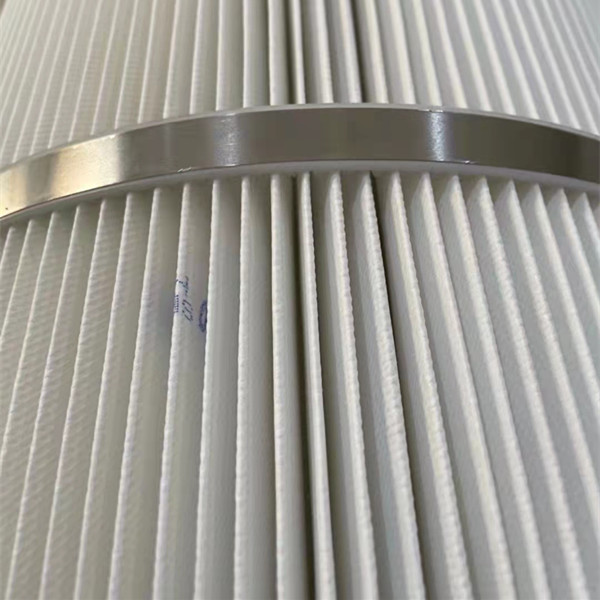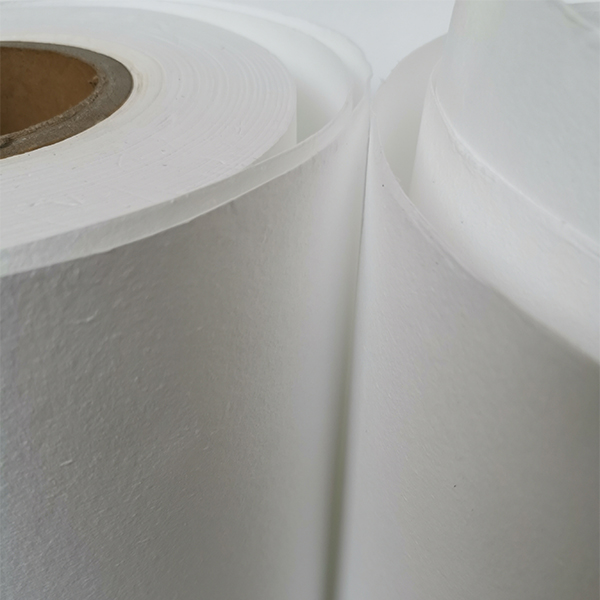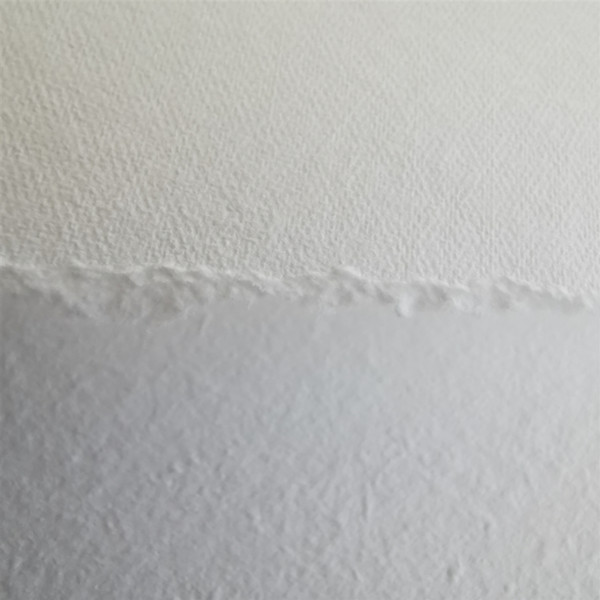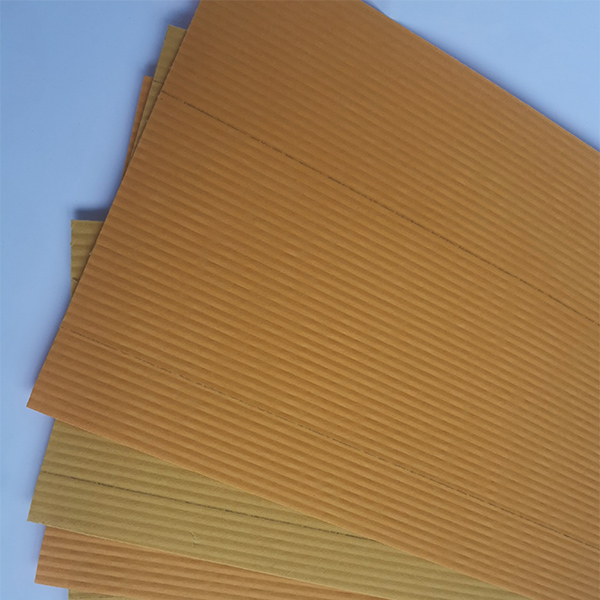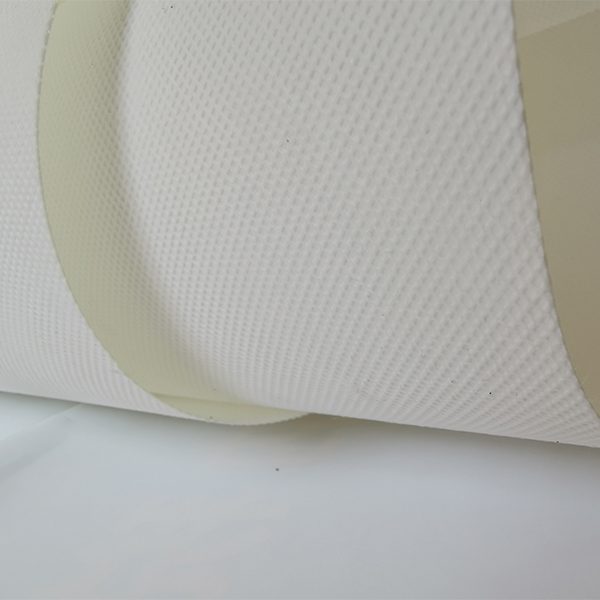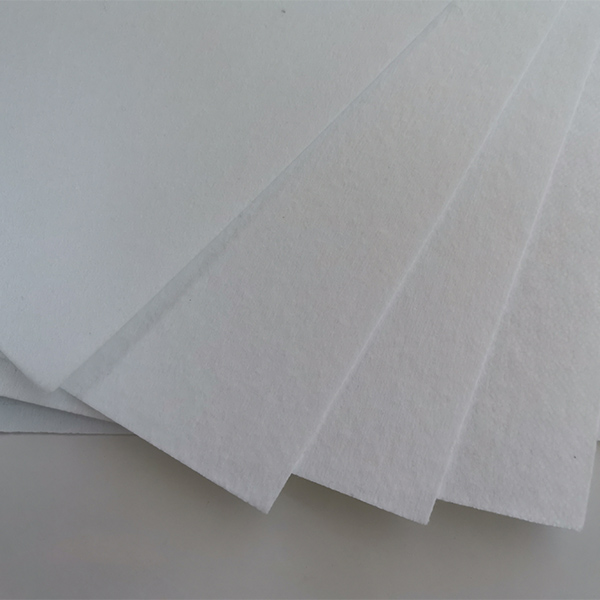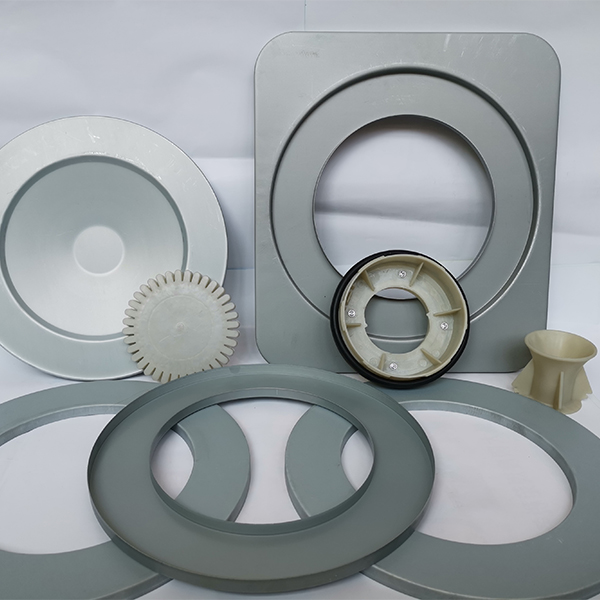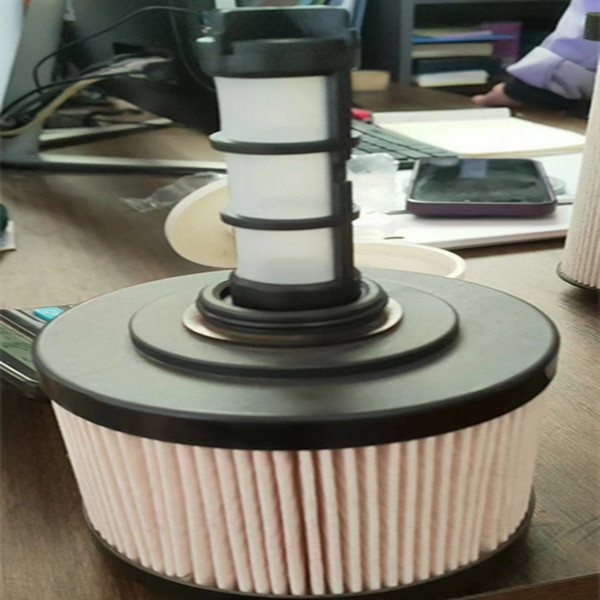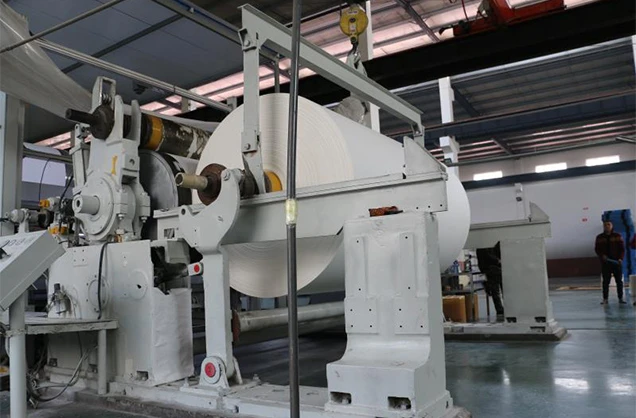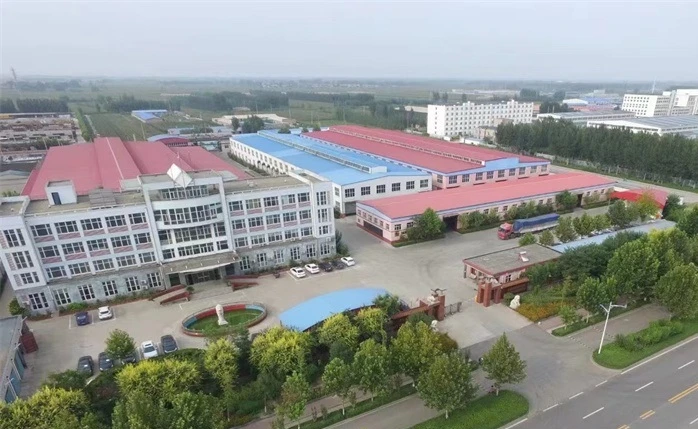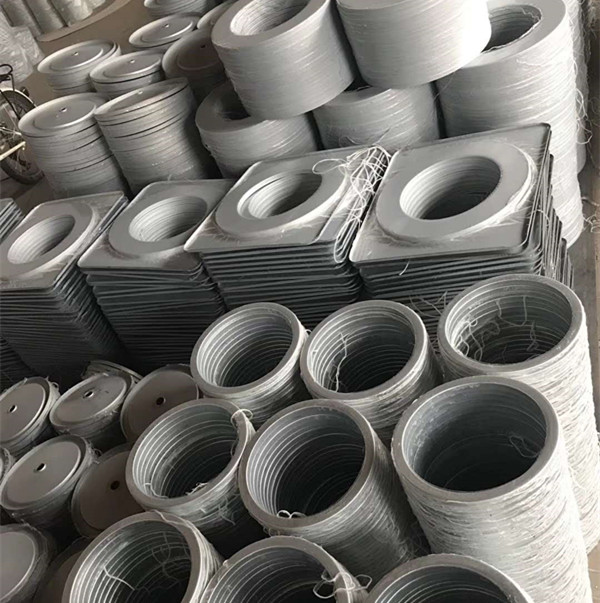In the era of deadly airborne viruses, air purification equipment has now shown various shapes and sizes. At last month’s Consumer Electronics Show CES, the company introduced a new portable air filter device for your bedside, cup holder, table top, meeting room, and even hanging around your neck. Although each of these devices can purify the air, the problem is that none of them can ventilate. Science increasingly shows that if you are serious about stopping the spread of the coronavirus, masks, social distancing and opening windows may do more than expensive electronic purification equipment.
Most air purifier designs use the same basic method. There is a filter and fan. The fan draws in and circulates air through the filter. The filters in these types of equipment are usually made of paper, fiber (usually glass fiber) or some type of net, which allows it to remove contaminants such as dust and pollen well, but cannot remove gas or less. particle. It is important to remember that the work efficiency claimed by the air purifier manufacturer is accurate after laboratory testing, but it is almost impossible to recreate the specific laboratory conditions. The location, installation, flow rate and running time of the purifier will greatly affect its working effect. Ventilation is usually a big problem. After the air is “purified”, the fan circulates it out, but the air is not ventilated to other areas of the space. Therefore, air purifiers often repeatedly purify the same air in their vicinity. The smaller the device, the greater the basic problem.
Cov zej zog kho mob tseem tsis tau paub meej tias muaj pes tsawg lub tshuab ua kom huv huv huab cua tiag tiag pab tiv thaiv kev kis tus kabmob coronavirus. Tsis muaj qhov tsis ntseeg tias lawv tuaj yeem pab cov neeg mob tsis haum tshuaj thiab tau siv ntau xyoo, tab sis kev lim tawm cov ntsiab lus ntawm cov khoom me me uas muaj COVID-19 yog qhov nyuaj dua. Tsis muaj ib tus kws kho mob hais tias cov khoom siv ua pa kom huv tuaj yeem daws tau qhov teeb meem no. Cov kws tshaj lij pom zoo kom hnav lub qhov ncauj qhov ntswg thiab nyob deb ntawm zej zog ua thawj kab ntawm kev tiv thaiv. Nws yog qhov yooj yim dua los xyuas kom meej tias COVID-19 cov khoom tsis txhob nkag mus rau hauv huab cua dua li lim lawv tom qab lawv tawg. Txawm li cas los xij, feem ntau cov cuab yeej ua kom huv hauv huab cua tsis ua mob rau qhov xwm txheej no.
More useful than filtration is to increase ventilation. Studies have shown that keeping the air “fresh” is one of the best ways to stop diffusion. Known as air change, the rate at which air is completely replaced in a space is a key indicator of the level of symbiosis risk. The more changes in the air, the better. Mayo Clinic professor and researcher Dr. Mark Ereth explained in our recent “Flexible Workplace” report how much air is needed to pass through a room to help eliminate ultrafine particles such as COVID-19. In an office building, there are several times an hour every three to six minutes,” he said. There is evidence that, with the aid of a central ventilation system, air purifiers increase the air exchange rate or volume. But open the windows is also like this.
Tsuas yog xav muab tswv yim rau koj. Hauv chav ua haujlwm, huab cua hloov txhua peb mus rau rau feeb, thaum nyob hauv lub tsev ua haujlwm, nws raug hloov ntau zaus hauv ib teev.
“The most important thing to consider when buying an air filter is whether the space you want to use in it already has good ventilation-then the air filter won’t increase too much,” Dr. Shelly Miller, an environmental expert, Colorado An engineer at the University of Boulder told Webmd that his research focuses on the spread of airborne diseases.
Yuav kom meej meej, nws yog ib qho nyuaj rau kawm yuav ua li cas qhib lub qhov rais los hloov qhov cua. Lub airflow nyob rau hauv ib qho chaw sab hauv yog qhov nyuaj rau ua qauv los yog txawm kwv yees. Cov qauv tsev zoo tshaj plaws hauv lub ntiaj teb yog qhov nyuaj los daws qhov teeb meem ntawm qhov qhib qhov rais vim tias lub tshuab nqus cua yog qhov nyuaj heev. Qhov tseem ceeb tshaj plaws, qhov qhib qhov rais yuav ua tau zoo li cov cua purifiers, los yog zoo dua. Diluting huab cua sab hauv tsev uas tej zaum yuav muaj tus kab mob COVID-19 nrog cov huab cua tsis muaj kab mob sab nraud yuav txo qhov concentration ntawm tus kab mob nyob hauv huab cua, yog li txo txoj kev kis tus kab mob. Cov kws tshawb fawb tseem tab tom tawm tsam kom paub seb qhov cua txias npaum li cas thiab hom twg zoo tshaj. Tsis muaj kev pom zoo txaus hauv zej zog kho mob.
Columbia University virologist Angela Rasmussen told Vox: “There is no perfect “safe” level of ventilation because we actually don’t know what “safe” is because we don’t know how much exposure will cause spread.”
Tsis muaj tag nrho cov lus teb tsis yog qhov zoo tagnrho, tab sis nws yog qhov zoo dua li ua piv txwv kom muaj cov lus teb. Ua ncaj ncees txog yam uas yuav ua tau lossis tsis ua haujlwm tuaj yeem pab tib neeg xaiv tus kheej zoo dua txog kev nyob nyab xeeb. Zoo li ntau lub taub hau ntsig txog huab cua purifiers, lub taub hau tsis ua. Qhov zoo tshaj plaws, lawv tuaj yeem yuam kev rau kev nkag siab ntawm kev ruaj ntseg. Hauv qhov phem tshaj plaws, ionizers, plasma generators thiab electrostatic precipitators tuaj yeem tsim teeb meem zoo. Cov khoom siv no them cov khoom kom lawv lo rau saum npoo es tsis txhob ntab saum huab cua, yog li tsim ozone ua cov khoom lag luam.
ASHRAE, a professional association that specializes in setting standards for ventilation and air-conditioning, said that when using equipment that may generate large amounts of ozone (respiratory tract irritant) as a by-product of its operation, “must be extra careful.” HEPA and ASHRAE recommend avoiding the use of any air purification devices that produce ozone as a by-product of cleaning indoor air in living spaces.
Cov kev coj ua zoo tshaj plaws rau huab cua huv yog nyob ntawm qhov cua. Hauv ib lub chaw ua haujlwm niaj hnub no, qhib qhov rais yuav tsis ua tau rau ntau yam. Feem ntau, qhov rais qhib tsis tau txhua. Hauv qhov no, koj tuaj yeem ua kom paub tseeb tias kev siv cov khoom siv cua pom zoo. Txij li thaum tsis yog-ozone-raws li huab cua pom tsis tsim teeb meem tshwm sim, tsuas yog qhov tsis zoo ntawm cov khoom siv lim cua portable yog tus nqi thiab suab nrov. Tus nqi hloov pauv huab cua huv (CADR) ntawm lub cuab yeej qhia koj feem ntau ntawm nws cov txiaj ntsig. Qhov kev ntsuam xyuas no yuav siv sij hawm rau hauv tus account qhov kev ua tau zoo ntawm cov lim dej thiab lub zog ntawm cov kiv cua los txiav txim siab seb huab cua ntau npaum li cas los ntawm lub lim. Qhov siab dua CADR, qhov loj dua qhov chaw purification. Kev yuav cov cuab yeej tsim nyog tsuas yog los txiav txim siab qhov loj ntawm chav tsev. Nco ntsoov, lub cuab yeej loj dua, lub kiv cua yuav muaj zog dua, thiab lub suab yuav nrov dua. Hauv chaw ua haujlwm ib puag ncig, yuav tsum xav txog ntau lub suab nrov. Tus nqi ntawm HEPA cua purifier zoo pib ntawm ib ncig ntawm $ 200, thiab nws cov nqi nce ntxiv raws li qib CADR nce. Qee tus neeg txawm tsim lawv tus kheej lub tshuab cua lim los ntawm khi MERV lim rau lub thawv kiv cua kom tsawg dua $ 30.
Thaum cuam tshuam nrog cov cuab yeej siv kho mob, nws yog ib qho tseem ceeb kom cais qhov tseeb ntawm cov ntawv tseeb thiab kom tau txais txiaj ntsig los ntawm kev lag luam. Cov tuam txhab lag luam cia siab tias yuav tau txais txiaj ntsig los ntawm qhov kev thov loj heev rau COVID-19 cov cuab yeej txo qis tau ua rau muaj kev nyab xeeb hauv khw nrog cov khoom siv ua pa kom huv. Cov kws tshaj lij ntseeg tias cov cuab yeej siv tau zoo yuav tsis raug mob. Nws yog qhov ua tau los ua cov tshuab cua purifiers los ntawm kev siv ntau pua lossis ntau txhiab nyiaj rau cov cuab yeej ua kom huv huv, tab sis peb yuav tsis paub tias muaj pes tsawg. Cov lus teb zoo dua yog hnav lub npog ntsej muag, thiab yog tias ua tau, qhib lub qhov rais.
Propmodo piav qhia thiab txheeb xyuas cov xwm txheej rau cov kws tshaj lij vaj tsev ua lag luam los ntawm kev sib txuas xov xwm, kev tshawb fawb, cov xwm txheej thiab kev lag luam.
• We believe that the future will be defined by leaders who understand the general environment of the real estate industry.
• We believe that the commercial future of real estate lies at the intersection of technology and marketing.
• We believe that the creative future of real estate lies in the intersection of user experience and design.
Post lub sij hawm: Mar-16-2021

